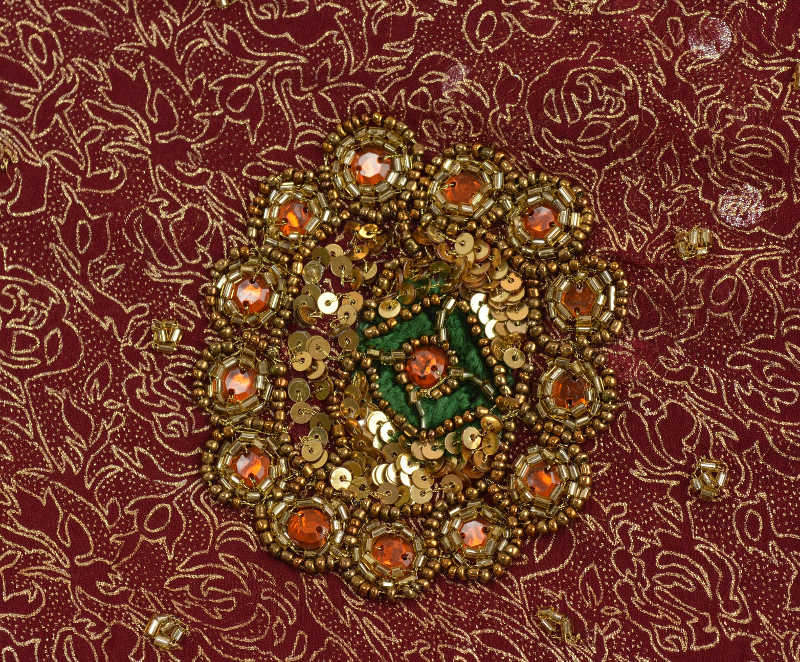===
0429,
7
===

=== |
 |
nā-chār (Persian): 'Without remedy, remediless; constrained; helpless, destitute, abandoned, forlorn, distressed, poor, miserable'. (Platts p.1110)
chārah (Persian) : '(akin to S. char ; cf. H. chārā ), s.m. lit. 'to be applied'), Remedy, cure, expedient; redress, help, resource'. (Platts p.417)
chārā (Prakritic): 'Food (for cattle), fodder, forage, herbage' (Platts p.417)
ḳhas-o-ḳhār : 'Sticks and straws, litter, rubbish'. (Platts p.489)
FWP:
SETS == KYA; MIDPOINTS; WORDPLAY
MOTIFS == SPRINGTIME
NAMES
TERMS == MOOD; MEANING; THEMEThe 'kya effect' operates brilliantly at the very beginning of the verse, offering the widest possible range of readings: Here are some obvious ones:
=What [a powerful/excellent thing] it is, to mention the rose!
=As if there's any mention of the rose!
=Is there any mention of the rose?
=What is [the meaning of] a 'mention of the rose'?
=What do you mean by mentioning the rose?!And it's combined with the equally clever grammatical ambiguity noted by SRF: the verse doesn't make clear who might be doing (or not doing) the żikr-e gul -- is it the spring breeze, or the speaker? Has the spring breeze mentioned the rose, or tried to talk with the speaker about the rose, or asked why the speaker has not mentioned the rose? There's also the beautifully situated 'midpoint' word ab , which can be read with either the clause before it or the clause after it.
Thus the readings of the first clause can range from 'Why do you mention the rose now, oh spring breeze?' to 'How could we even mention the rose, oh spring breeze, now that...'-- with all sorts of rich possibilities for tone, from the reproachful to the apologetic, from the nostalgically melancholy to the resolutely cheerful.
The 'spring breeze' makes an ideal addressee, since it's associated with the rose in its prime during 'rose-season', and with the diffusion of the rose's scent, and also with the blowing-away that dooms the petals of the withered rose.
Also, look at the definitions above, and consider the richly developed background of nā-chār . It's Persian, but it's closely linked with the (Prakritic) Hindi form chārā , meaning 'fodder'. One who has no recourse or remedy, who is miserable and helpless (think of bechārā ), is like a cow with no fodder. And of course, fodder often consists of hay and straw (though definitely not thorns), so the wordplay becomes truly enjoyable.
The phrase ḳhas-o-ḳhār means 'litter' or 'rubbish' (see the definition above). But I'm determined to retain as well the literal sense of 'straws' and 'thorns', partly because of the wordplay with chārā , but even more for the obvious reason that withered, dead roses would have the look of dried grass or straw, interspersed with thorns. The verse certainly mustn't be deprived of this final great glory (carefully positioned in the powerful rhyme-slot) that so elegantly combines wordplay with meaning-play. For after all, isn't it also very possible that the speaker is such a faithful lover that after the death of the rose, he continues to be devoted to its poor withered corpse? The ḳhas-o-ḳhār , the 'straws and thorns', that remain of the rose may be 'litter' to others, but the true lover's heart may be still, helplessly, attached to them.
This is one of my favorite verses in the whole kulliyat. Here's an adorable cousin for it that reinforces my own favorite reading [{585,1}]:
nāz-e chaman vuhī hai bulbul se go ḳhizāñ hai
ṭahnī jo zard bhī hai so shāḳh-e zaʿfarāñ hai[the coquetry of the garden is the very same toward/for the Nightingale, although it is autumn
even/also the bough that is yellow/pallid-- it is a branch of a saffron-tree]